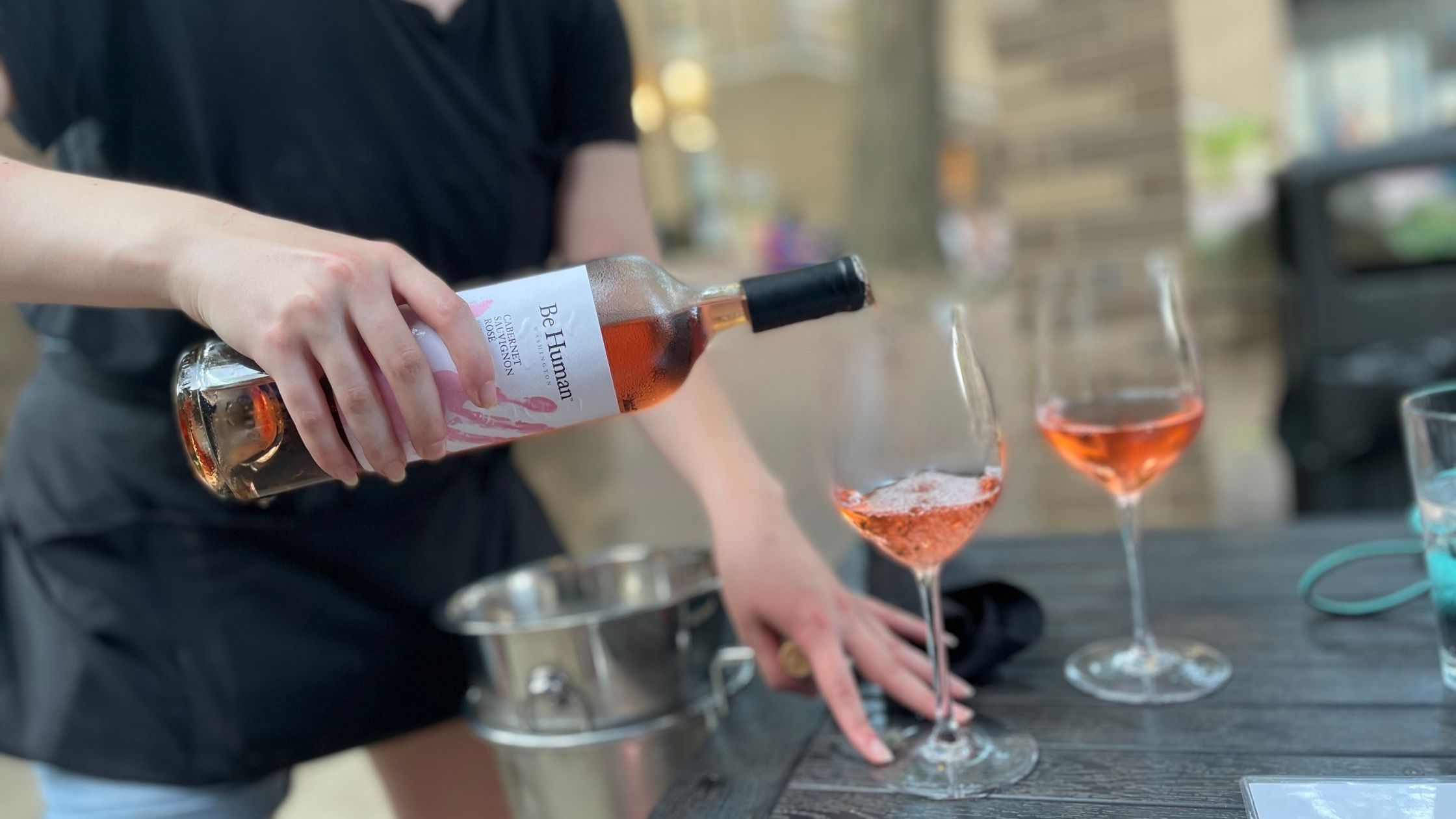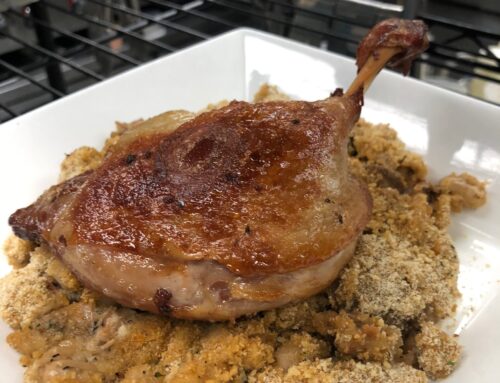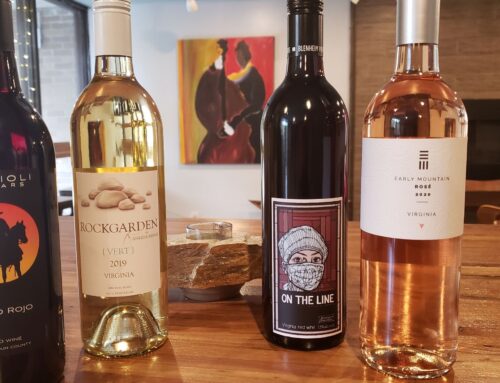What wine should you sip with your steak? That depends on who you ask. If you ask me, it’s whatever you feel like drinking. I personally always feel like drinking Pinot Noir with steak, which is a no-no for many in the wine business.
But not me. I have a very unusual and sort of off the beaten path ethos when it comes to food and wine pairing.
Some people believe there are rules when it comes to pairing, or certain things from which you just cannot deviate. When you have steak, you must have Cabernet. When you have fish, you must have Chardonnay.
I do not believe that.
At all.
Conventional wisdom does have some reasonable starting points. For example, the wine should be more acidic than the food; it should be sweeter than the food; and it have the same flavor intensity as the food. (Visit Wine Folly for more traditional wine pairing guidelines.)
These are reasonable jumping off points for anyone who wants to pair wine with a meal, but that’s really the 30,000-foot view.
Another common guidance is “what grows together goes together.”

I do agree with that one to a degree. Goat cheese and Sauvignon Blanc are dreamy together because they come from the same part of France. However, that does not mean you must always have Italian wine with Italian food, French wine with French food, or California wine with burgers.
What I subscribe to personally is that if you like this particular dish and you like that particular wine, they go together.
This philosophy makes choosing a wine with your dinner much easier!
I love Pinot Noir and I love steak. So for me, Pinot Noir and steak go together. According to the rules, that’s not allowed. Yet, I’ve never been unhappy with a Pinot Noir and steak dinner. That doesn’t mean that combo will work for everybody. If you don’t like Pinot Noir, don’t order it.
I believe the only tried and true scientific fact in wine tasting is that every single person on the planet has a different palette. All seven-billion people will taste the same wine differently, and that is okay.
If you don’t taste the citrus, the oak, or the peppers, that’s okay. It doesn’t mean the wine is good, it doesn’t mean it’s bad. It’s a matter of finding what you like and what you don’t like.

As you learn your own preference, this will help:
- White, Rosé and sparkling wines have more acidity.
- Red wines have more bitterness.
- Sweet wines have more sweetness (yeah, that is obvious. But I still had to say it.)
That is a great starting point. Once you know your taste markers, you can narrow your preference down depending on what you’re eating.
Pairing Thoughts for Our Current Menu
All that said, here are my thoughts on pairings for our summer menu.
The short answer: everything goes with Rosé.
Rosé all day. With everything.
That was easy.
If you want to know more about what a Rosé is, check out this article.

The three Rosés we have by the glass right now are all very different in style.
The Cavalchina Chiaretto is very light and very pleasant to drink—it doesn’t require food. The Zoe from Greece, on the other hand, is less dry and is wonderful with anything on our menu. I think it’s especially nice with the Duck Confit Tacos (because the tacos are a little spicy, the Zoe provide a nice flavor counter balance). The Zoe also goes well with the mango salsa on the Tuna Soba salad.
If you are looking for something sweeter, that’s the Be Human Rosé 2020. It is a Cabernet Rosé from Washington. It has a huge flavor, almost like a red like a light red wine. It’s big and bold and dark, and delicious.
The Watermelon Curry is one of Chef Meagan’s favorite items on the summer menu. So, when you order it (and you must), know that any of the Rosés will be great with it. That is because watermelon is a quintessential fruit flavor in Rosés.








Leave A Comment